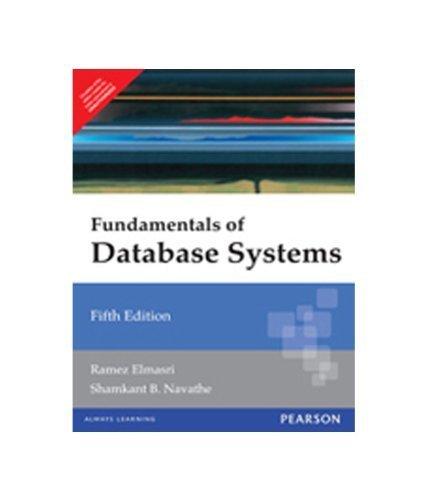Question
Let X[1 : n] be an array of real numbers. A positive run is any maximal sequence of consecutive positive numbers in the array, and
Let X[1 : n] be an array of real numbers. A positive run is any maximal sequence of consecutive positive numbers in the array, and the length of a positive run is the number of entries in it. Each positive run is represented as a pair (i,j), where i is the index of the starting element of the run, and j is the index of the ending element of the run.
For example, in the array 10, 5, 7, 0, 3, 4, 1, 2, -1, -2, 8, 12, -5 the runs are: [10, 5, 7] (represented as (1,3)), [3,4,1,2] (represented as (5,8)), and [8,12] (represented as (11,12)).
a. Write a divide-and-conquer algorithm that takes as input a real array X[1 : n], and returns a list of the (i,j) pairs for the positive runs in the input array. Analyze the time complexity of your algorithm.
b. Write a divide-and-conquer algorithm that returns the longest positive run in an input real array. Analyze the time complexity of your algorithm.
Step by Step Solution
There are 3 Steps involved in it
Step: 1

Get Instant Access to Expert-Tailored Solutions
See step-by-step solutions with expert insights and AI powered tools for academic success
Step: 2

Step: 3

Ace Your Homework with AI
Get the answers you need in no time with our AI-driven, step-by-step assistance
Get Started


